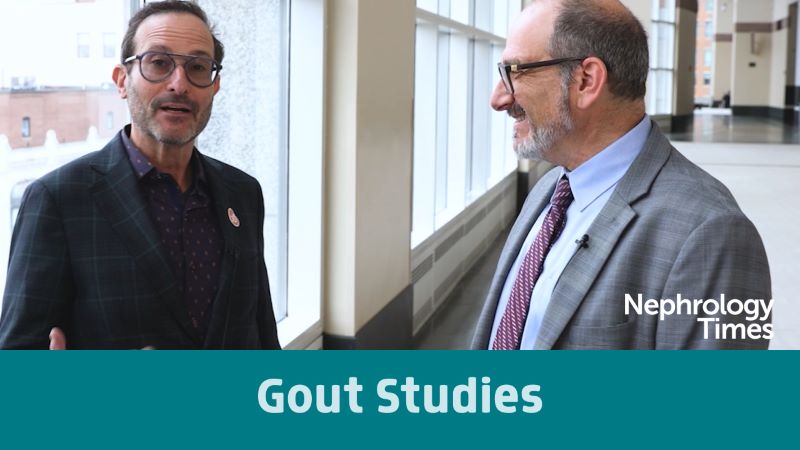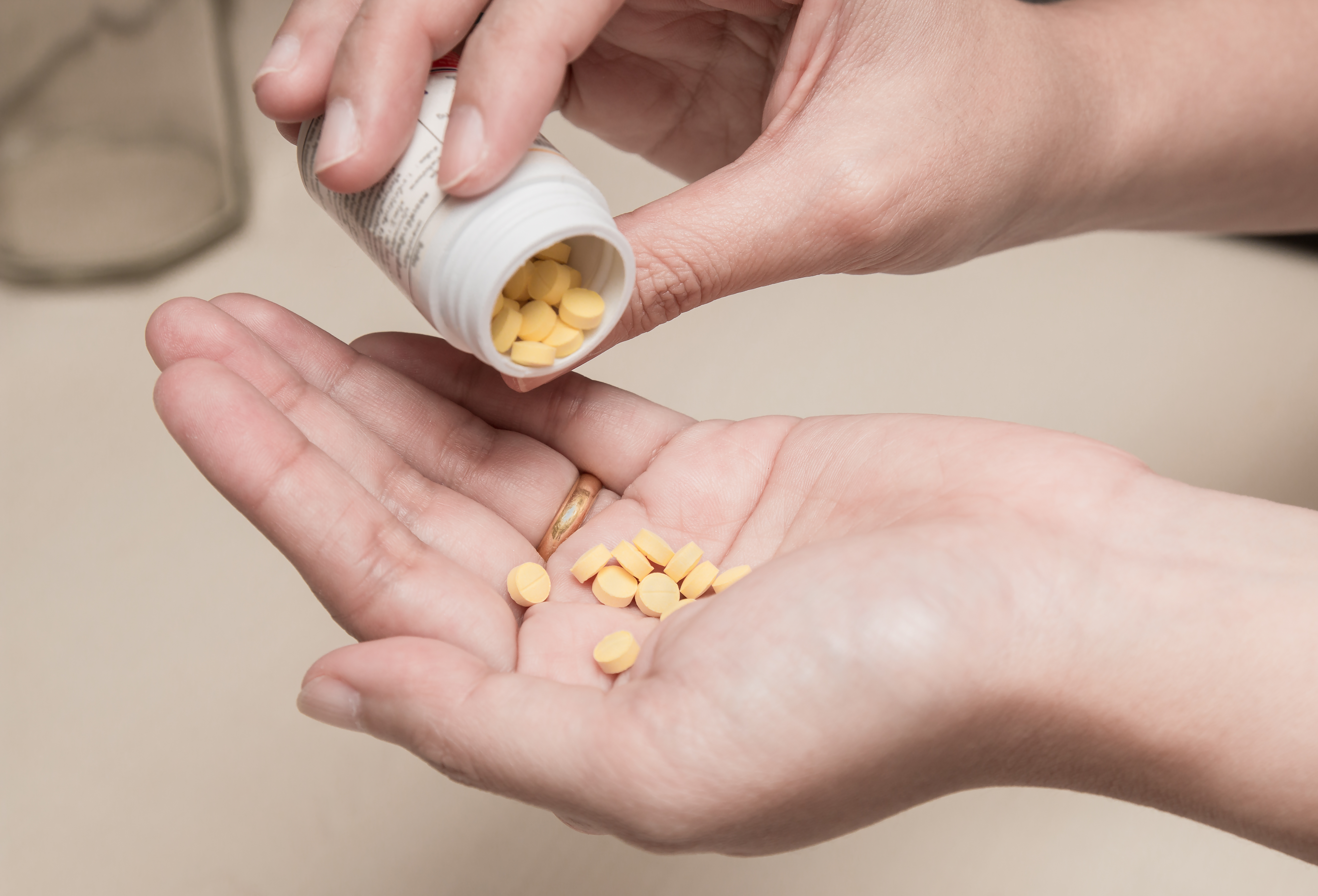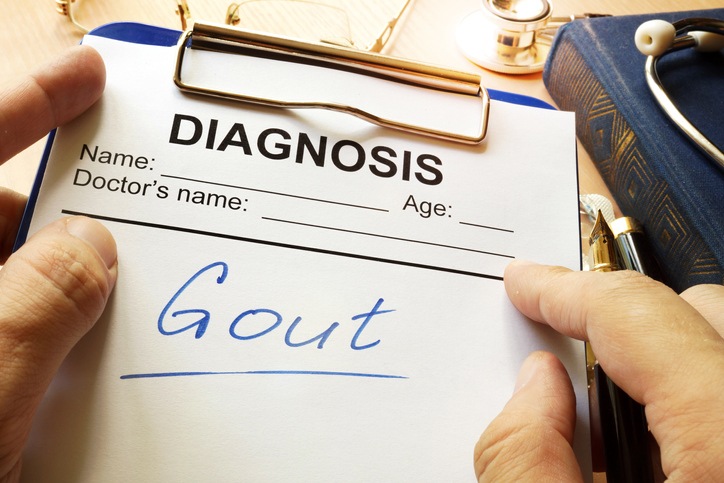
Gout is a common chronic inflammatory arthritis that affects 1-5% of adults globally. Chronic kidney disease (CKD) is a common comorbidity of gout, present in 20-30% or more of patients with gout. Urate-lowering therapy (ULT) is the backbone of gout management, but some clinicians are cautious about its use among patients who also have CKD due to concerns that ULT may worsen kidney function. However, there is no clear evidence to support this idea.
Yilun Wang, MD, PhD, and colleagues conducted a cohort study to evaluate the association between achieving target serum urate level (TSUL) through ULT and the risk of progressing to severe or end-stage kidney disease among patients with impaired kidney function and gout. Their findings were published in JAMA Internal Medicine.
The study took a target trial emulation approach using data from IQVIA Medical Research Database (IMRD), a general practice database, from January 1, 2000, to June 30, 2023. The researchers used a cloning, censoring, and weighting approach to evaluate the association between achieving the target level of less than 6 mg/dL within one year after initiation of ULT and the risk of CKD progression.
Participants comprised adults aged 40 to 89 years with gout (defined using Read codes based on prior studies using IMRD) and CKD stage 3 (defined as an estimated glomerular filtration rate [eGFR] 30-60 mL/min/1.73m2 on at least two occasions more than 90 days apart within one year or at least one Read code for CKD stage 3). Participants had at least one year of continuous general practitioner enrollment before entering the study.
ULT initiators were identified by the first ULT prescription upon diagnosis of gout and CKD stage 3, with the prescription date as the index date. Patients with cancer, severe or end-stage kidney disease, or who lacked serum urate and eGFR measurement data before the index date were excluded. A total of 34,458 patients met the inclusion criteria and initiated ULT during the study period.
The exposure was lowering serum urate level to target level (<6 mg/dL) using ULT. The outcome was a combination of severe or end-stage kidney disease (defined as an eGFR less than 30 mL/min/1.73 m2 on at least two occasions more than 90 days apart within one year or at least one Read code for CKD stages 4 or 5, hemodialysis, peritoneal dialysis, or kidney transplant) over five years after the index date.
Participants were followed until the first occurrence of severe or end-stage kidney disease, death, disenrollment from a general practitioner practice participating in IMRD, five years of follow-up, or the end of the study.
To control for competing risk of death, a cross-sectional pooling analysis was performed to estimate the odds ratio and its corresponding 95% CIs, including an indicator for reaching TSUL and adjusting for the year of follow-up (linear and quadratic term) and baseline covariates in the weighted population. The odds ratio estimated by this model approximated the hazard ratio (HR) since the outcome is rare. Robust standard errors were used to calculate a 95% CI for HR.
The five-year absolute risk difference of severe or end-stage kidney disease was estimated by fitting the pooled logistic models with product terms between the indicator for achieving TSUL and the year of follow-up variables. A nonparametric bootstrap analysis of 100 samples was used to calculate 95% CIs for absolute estimates.
There were 14,972 participants included in the primary analysis. Two replicates of each of these ULT initiators were created and assigned to each treatment strategy group at baseline. Their mean (SD) age was 73.1 (9.5) years. Of them, 9,215 (62.3%) were men and 5,577 (37.7%) were women. Mean (SD) serum urate and eGFR values were 8.9 (1.6) mg/dL and 49.9 (12.3) mL/min/1.73 m2, respectively. Baseline characteristics and time-varying covariates of the two comparison groups were well balanced after inverse probability weights. Among these participants, 14,615 (98.8%) were prescribed allopurinol and 177 (1.2%) received febuxostat.
Of the participants who initiated ULT, 4,706 (31.8%) reached TSUL within one year of the index date. The mean (SD) treatment duration of ULT was 243.5 (135.7) days in the group achieving TSUL and 206.4 (151.9) days in the group who did not achieve TSUL. The five-year risk of severe or end-stage kidney disease was noninferior in the achieving TSUL arm (10.32%) compared to the not achieving TSUL arm (12.73%). The adjusted risk difference was −2.41% (95% CI, −4.61% to −0.21%) and the adjusted HR (aHR) was 0.89 (95% CI, 0.80-0.98). The upper boundary of the 95% CI for the HR was below the prespecified noninferiority margin.
The findings were consistent in the analyses of participants with gout and CKD stages 2 to 3. Of 31,066 ULT initiators with gout and CKD stages 2 to 3, 10,514 (33.8%) reached TSUL within one year after the index date. The five-year risk of severe or end-stage kidney disease (aHR, 0.91; 95% CI, 0.82-1.00) and end-stage kidney disease alone (aHR, 0.73; 95% CI, 0.52-1.04) in those who achieved TSUL were noninferior compared to the not achieving TSUL arm. The P value for noninferiority was <.001 and .003, respectively.
The authors acknowledge certain limitations, including potential residual confounding. In addition, it was difficult to separate the effects of health care quality and adherence to treatment recommendations from the impact of lowering urate levels. The generalizability of results is also limited due to the exclusion of participants who did not have the serum urate level before the index date.
In summary, the authors wrote, “This cohort study found that, among patients with gout and CKD stage 3, lowering serum urate level with ULT to less than 6 mg/dL versus 6 mg/dL or greater was not associated with an increased risk of severe or end-stage kidney disease. These findings support optimizing ULT to achieve TSUL when treating patients with gout and impaired kidney function.”
Source: JAMA Internal Medicine







 © 2025 Mashup Media, LLC, a Formedics Property. All Rights Reserved.
© 2025 Mashup Media, LLC, a Formedics Property. All Rights Reserved.